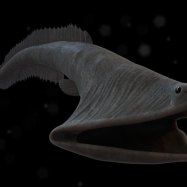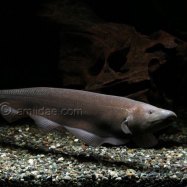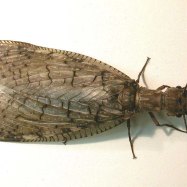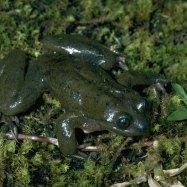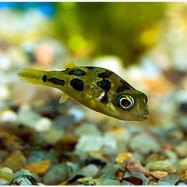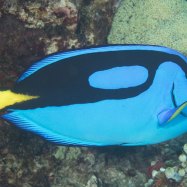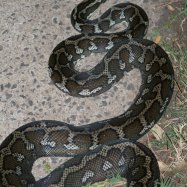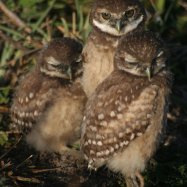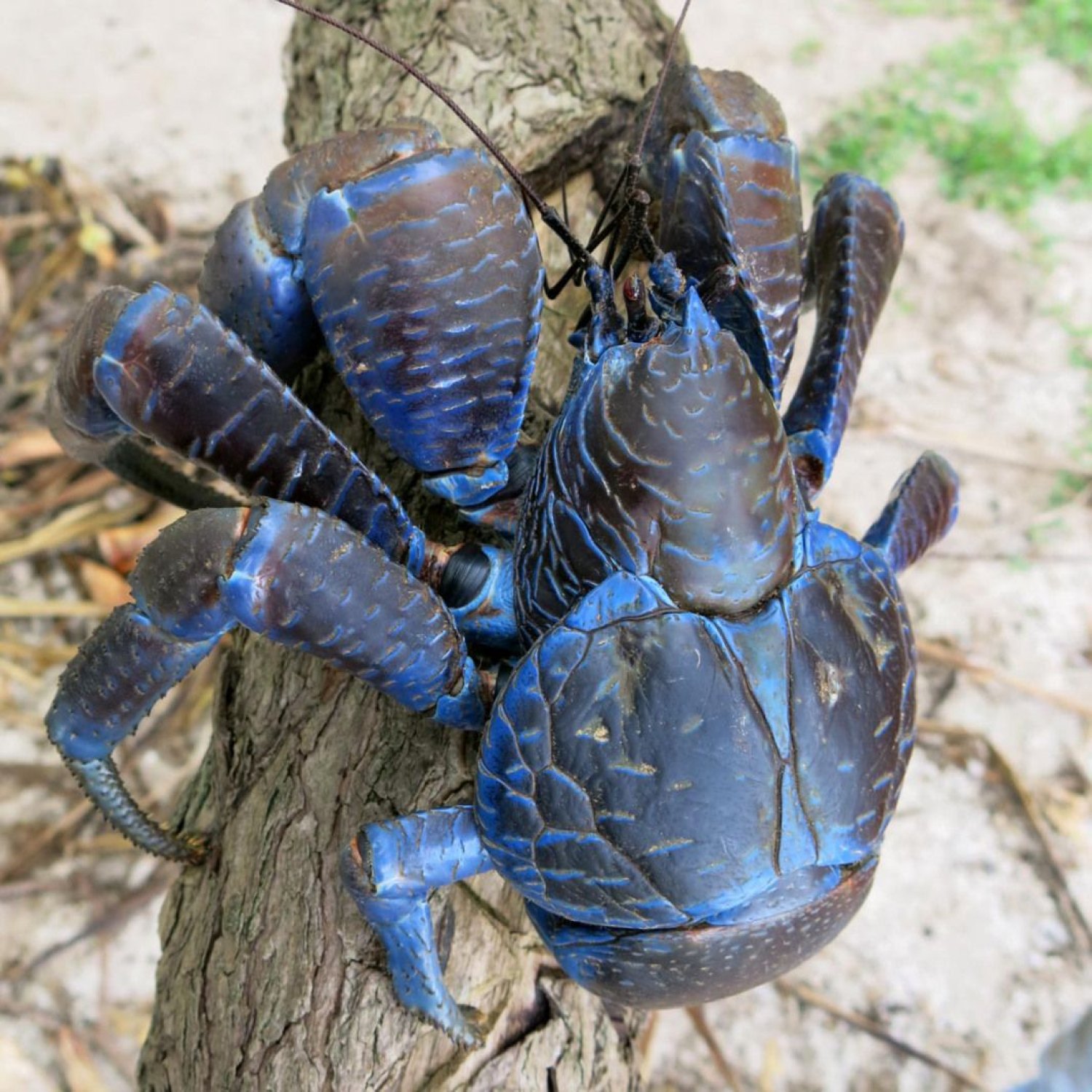
Coconut Crab
Meet the Coconut Crab, one of the largest land-dwelling arthropods! Found in tropical regions, this mighty crustacean has a distinctive olive-green color and can weigh up to 9 pounds. With its strong claws and ability to climb trees, the Coconut Crab is a true survivalist. Have you ever encountered this fascinating creature on your travels? #CoconutCrab #TropicalWildlife #NatureFacts
Animal Details Summary:
Common Name:
Kingdom:
Habitat:
The Fascinating World of the Coconut Crab
Have you ever heard of a crab that can climb coconut trees and crack open coconuts with its powerful claws? Yes, you read it right. This incredible creature is none other than the Coconut Crab, also known as the Robber Crab or Palm Thief. With its impressive size, unique abilities, and curious behavior, the Coconut Crab is a fascinating animal that captures the attention of both scientists and nature lovers.Scientifically known as
Birgus latro
, the Coconut Crab belongs to the animal kingdom, phylum Arthropoda, class Malacostraca, order Decapoda, and family Coenobitidae Coconut Crab. They are the largest terrestrial arthropods, with a body length that can reach up to one meter and a weight of over four kilograms. Commonly found on islands in the Indian and Pacific oceans, Coconut Crabs are famous for their strong claws, which are essential for their survival.Adaptations: Claws and Digestive System
The most distinctive feature of the Coconut Crab is its giant claws, which are asymmetrical in size. The larger claw is used for defense and breaking open hard shells, while the smaller one is used for manipulating objects and cutting food. The claws are so powerful that they have been reported to have a crushing force of up to 3300 Newtons, making them one of the strongest claws in the animal kingdom. These claws are also equipped with sharp edges that enable the Coconut Crab to climb trees, break open coconuts, and defend themselves against predators.Apart from their powerful claws, the Coconut Crabs have also adapted to a unique digestive system to extract nutrients from their food. Being scavengers, they feed on various fruits, nuts, seeds, and carrion, including coconuts, hence their name. However, coconuts are challenging to digest due to their tough outer shell and hard fibers Cinereous Vulture. To overcome this, the Coconut Crab has a specialized stomach that grinds up the food into a paste, which then moves to their pyloric stomach for further digestion. This adaptation allows them to obtain maximum nutrition from their primary food source.
Habitat and Distribution
Coconut Crabs are mostly found in tropical and sub-tropical regions of the Indian and Pacific oceans, including islands like Indonesia, Australia, and the Polynesian islands. They are primarily terrestrial and can live in a variety of habitats, such as forests, mangroves, and coastal areas. However, they are most commonly found in coastal areas near palm trees, as they are essential for their survival.One of the Coconut Crab's unique adaptations is their ability to climb trees. They have developed strong muscular legs with highly articulated joints, which makes it possible for them to climb trees with ease. They can climb trees up to 6 meters in height, where they create burrows for shelter and molt their shells.
Curious Behavior
Apart from their impressive size and unique adaptations, the Coconut Crabs are also known for their curious behavior. They are mostly nocturnal, spending their days hiding in burrows and coming out at night to scavenge for food. They are also known to be strong scavengers and can detect food from a far distance, using their keen sense of smell. This behavior has earned them the nickname "Palm Thief" as they are known to steal fruits, nuts, and even household items left outside.Another fascinating behavior of the Coconut Crab is their migration for breeding. Every year, during the first heavy rains, the Coconut Crabs in Christmas Island migrate from their burrows to the ocean to breed. The female crabs release their eggs into the ocean, where the larvae develop and return to the land as small crabs. This behavior is crucial for the continuation of their species and adds to the Coconut Crab's unique characteristics.
Threats and Conservation
Despite their incredible adaptations and behavior, Coconut Crabs are facing significant threats in their natural habitat. One of the most significant threats is deforestation due to the destruction of their habitats for human development. The rise in tourist activities on some islands also poses a threat to their population, as they are hunted for their large claws.To protect this fascinating species, many organizations have taken conservation measures, including strict regulations on hunting and sustainable tourism practices. In some areas, the locals have also adopted a cultural taboo against killing Coconut Crabs, which has significantly helped in their conservation efforts. However, more work needs to be done to ensure the long-term survival of this incredible animal.
In conclusion:
The Coconut Crab, with its impressive size, unique adaptations, and curious behavior, is an incredible animal that deserves our attention and protection. It is a perfect example of how animals have evolved and adapted to their environment, making them survive in the most challenging conditions. As we continue to discover more about this fascinating species, it is our responsibility to ensure that they are protected and their habitats preserved for future generations to witness their wonder.

Coconut Crab
Animal Details Coconut Crab - Scientific Name:
- Category: Animals C
- Scientific Name:
- Common Name:
- Kingdom:
- Phylum:
- Class:
- Order:
- Family:
- Habitat:
- Feeding Method:
- Geographical Distribution:
- Country of Origin:
- Location:
- Animal Coloration:
- Body Shape:
- Length:
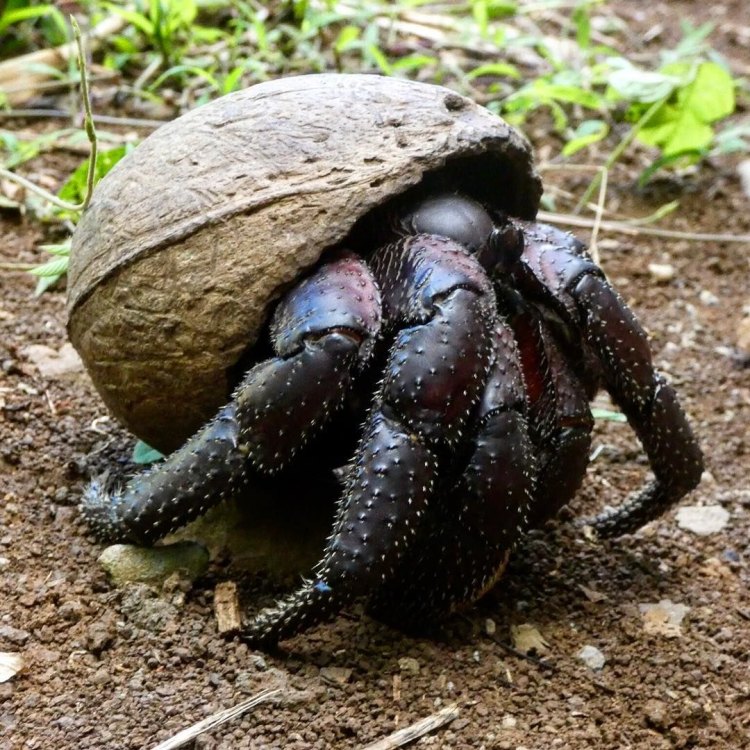
- Adult Size:
- Average Lifespan:
- Reproduction:
- Reproductive Behavior:
- Sound or Call:
- Migration Pattern:
- Social Groups:
- Behavior:
- Threats:
- Conservation Status:
- Impact on Ecosystem:
- Human Use:
- Distinctive Features:
- Interesting Facts:
- Predator:

The Incredible Coconut Crab: A Unique and Fascinating Creature
Coconut crabs, also known as the robber crab or palm thief, are one of the most fascinating and unique creatures found in the animal kingdom. With their large size and distinctive features, these land-dwelling crabs have captured the imagination of many and continue to intrigue scientists and researchers. In this article, we'll delve into the world of coconut crabs and discover their incredible features, behaviors, and impact on their ecosystem.Adult Size and Average Lifespan
One of the most striking characteristics of a coconut crab is its impressive size PeaceOfAnimals.Com. These creatures have been recorded to grow up to 1 meter in length and have a leg span of up to 1.2 meters, making them the largest land-living arthropod in the world. They can weigh up to 4 kilograms, which is a remarkable feat for a crab.
The average lifespan of a coconut crab is around 30 to 40 years. However, some individuals have been known to live up to 60 years, making them one of the longest-living arthropods. This long lifespan is due to their slow growth rate, with some individuals only growing 1 millimeter per year.
Reproduction and Reproductive Behavior
Coconut crabs are sexually mature at around 6 to 9 years of age and can reproduce all year round. The males have a small pair of gonopores on their fifth pair of legs, while females have much larger ones on their third pair of legs. During mating, the male will transfer sperm to the female, where they will fertilize her eggs Common Raven.
After fertilization, the female will carry her eggs in a brood pouch located under her abdomen, where they will develop for 3 to 4 months. Once hatched, the larvae will remain in the ocean for several weeks before returning to land as tiny crabs. This unique reproductive behavior ensures the survival of the species, even in harsh environments.
Sound or Call and Migration Pattern
Coconut crabs do not produce any sound or call, as they do not have vocal cords. However, they do have a strong sense of smell and use it to locate food and potential mates. They are also skilled climbers and can easily travel long distances by climbing trees and using their powerful claws to move from branch to branch.
Coconut crabs are semi-terrestrial, meaning they mainly live on land but also require access to the ocean for breeding and laying eggs. However, they do not have a set migration pattern and can be found on various islands in the Indian and Pacific oceans.
Social Groups and Behavior
Unlike most crabs that live in groups, coconut crabs are solitary creatures. They do not engage in social behaviors and are usually aggressive towards each other. They are also known to be territorial, using their claws to defend their territory and resources.
Coconut crabs are primarily scavengers and are also known to be opportunistic feeders. They will consume almost anything that they can find, including fruits, nuts, and carrion. They have even been observed feeding on small mammals and birds, earning them the nickname "palm thief."
Threats and Conservation Status
The coconut crab is not considered endangered, but it is facing a decline in its population due to several factors. One of the main threats to their survival is human consumption. These crabs are considered a delicacy and are hunted both legally and illegally, leading to a decline in their numbers.
Another threat is habitat destruction, as coconut crabs require a specific environment to survive. Pollution and climate change also pose a danger to their survival, as changes in temperature and ocean levels can affect their breeding and food sources.
Impact on Ecosystem
Despite their large size and solitary nature, coconut crabs play a vital role in their ecosystem. They help maintain the balance of their environment by feeding on carrion and keeping the populations of smaller creatures, such as insects, in check. They also aid in seed dispersal, helping to maintain the growth and diversity of plant life on their islands.
Human Use and Distinctive Features
Coconut crabs have been widely used by humans for centuries, both as a food source and in traditional medicine. Their shells are used to make decorative items, and their large claws are often used in various cultural rituals. However, due to their declining population, several countries have enforced restrictions on the hunting and consumption of coconut crabs.
Besides their large size, one of the most distinctive features of coconut crabs is their powerful claws. These claws can exert a force of up to 3300 Newtons, making them one of the strongest pinching forces in the animal kingdom. They also have a dark reddish-brown color, which helps them blend into their environment and remain camouflaged from predators.
Interesting Facts and Predator
There are many interesting facts about coconut crabs that make them truly unique creatures. For instance, they are the only arthropod that can climb trees, and they have a remarkable ability to remember their way back to their burrows. They are also known to have complex social structures, where female coconut crabs engage in dominance hierarchies.
Coconut crabs have only one true predator – humans. However, young coconut crabs may fall prey to birds and certain types of rats and snakes. To protect themselves, they have evolved to have a hard exoskeleton and powerful claws, making them a formidable opponent. They also have a unique ability to regenerate lost legs, ensuring their survival in the wild.
In Conclusion
In conclusion, the coconut crab is an incredible creature that has captivated the world with its impressive size, unique features, and intriguing behaviors. However, with their declining population and threats to their survival, it is essential to understand and protect these creatures to ensure their existence in the future. Let's appreciate and marvel at the wonder of the coconut crab and work towards preserving their natural habitats for generations to come.
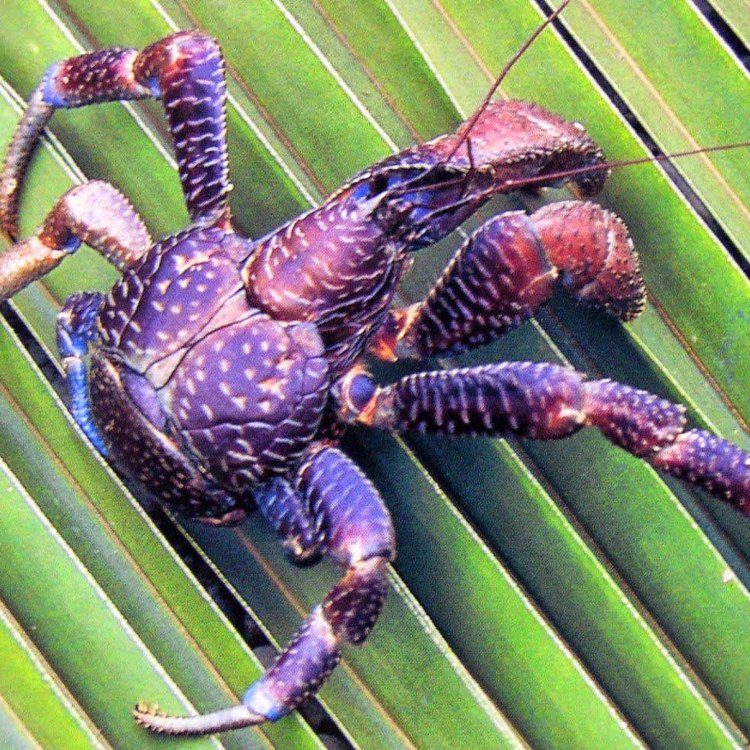
The Fascinating World of the Coconut Crab
Disclaimer: The content provided is for informational purposes only. We cannot guarantee the accuracy of the information on this page 100%. All information provided here may change without prior notice.

